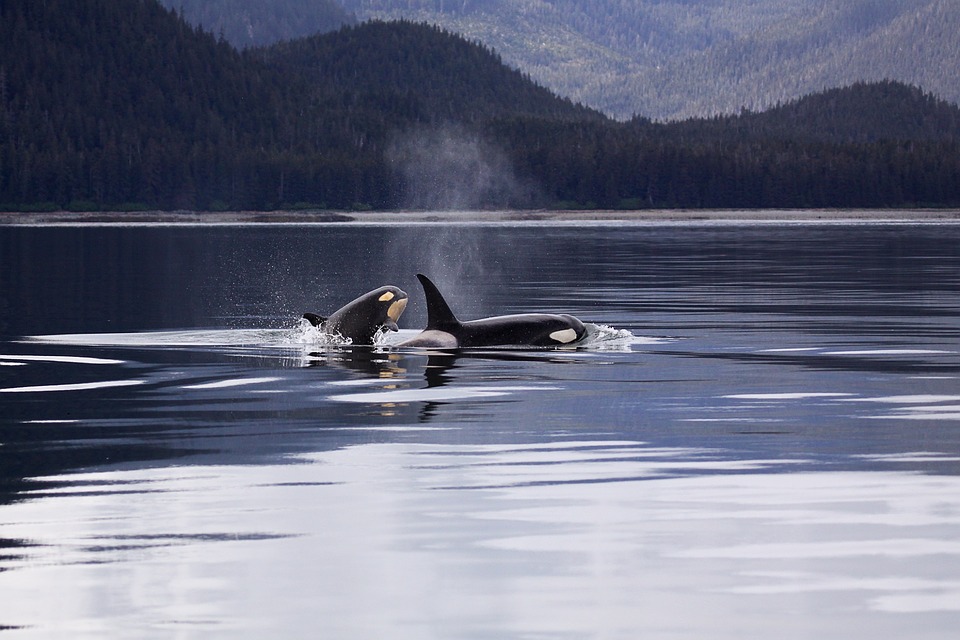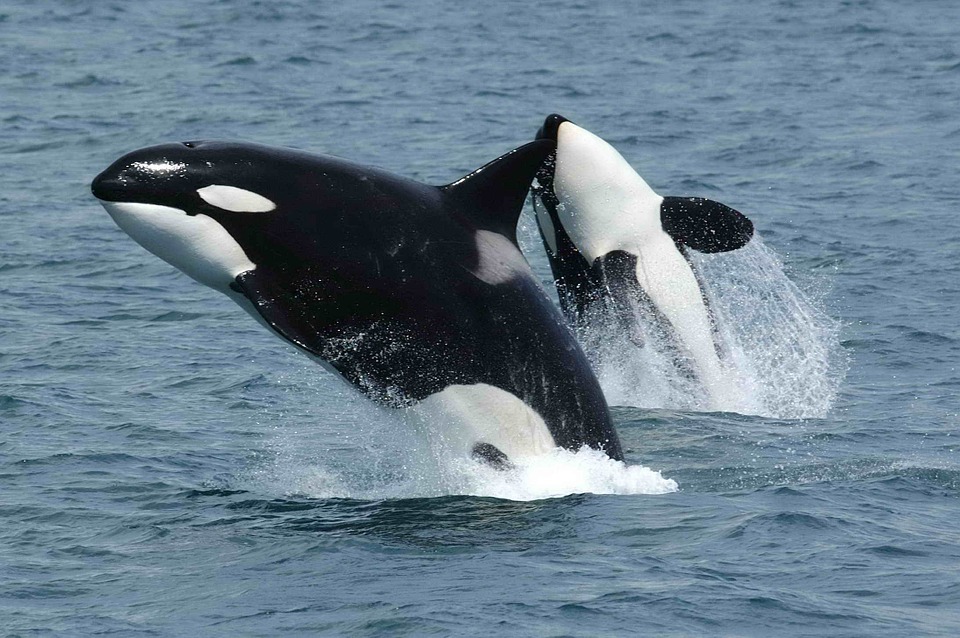Dozens of marine animals are discovered annually. Smaller to miniature species are expected to appear. But for an animal as big as a killer whale, it’s more of a surprise. Scientists said they probably discovered the smallest rare species of killer whale and categorized is as ecotype D. That was captured on camera 60 years ago. At first they didn’t pay attention to this species because they thought it was just a genetic mutation.
Photographs
In 1955, the New Zealand coast washed away the remains of strange-looking killer whales. At that time, scientists thought that their appearance was due to a genetic mutation. But many years later, researcher Robert Pitman came across photographs. He was convinced it wasn’t just a mutation, but a whole new species. After years of research, he managed to organize an expedition to Chile under the auspices of the US National Office for the Ocean and Atmosphere (NOAA).

Its start was delayed by bad weather. But then the scientists were fortunate enough to see a group of unusually looking predatory killer whales. They managed to film them both under and over water, capture their sounds, and even take samples of their skin. Now they are waiting for DNA results to confirm that they are indeed a new species, as scientists believe.
Rare Type
According to the Whale and Dolphin Conservation (WDC), the killer whales are categorized by size into the A – C ecotypes. The scientists have marked the new species as ecotype D.
“We are very excited about the genetic analyses to come. Type D killer whales could be the largest undescribed animal left on the planet and a clear indication of how little we know about life in our oceans,” Pitman said.
These predatory killer whales, which feed mainly on fish, measure about six to seven meters and are therefore smaller than their relatives. They live more in inhospitable waters, such as Antarctica.
“These samples hold the key to determining whether this form of killer whale represents a distinct species,” Pitman added.
Source and credit: https://time.com/5547808/type-d-killer-whale-chile/,pixabay.com















